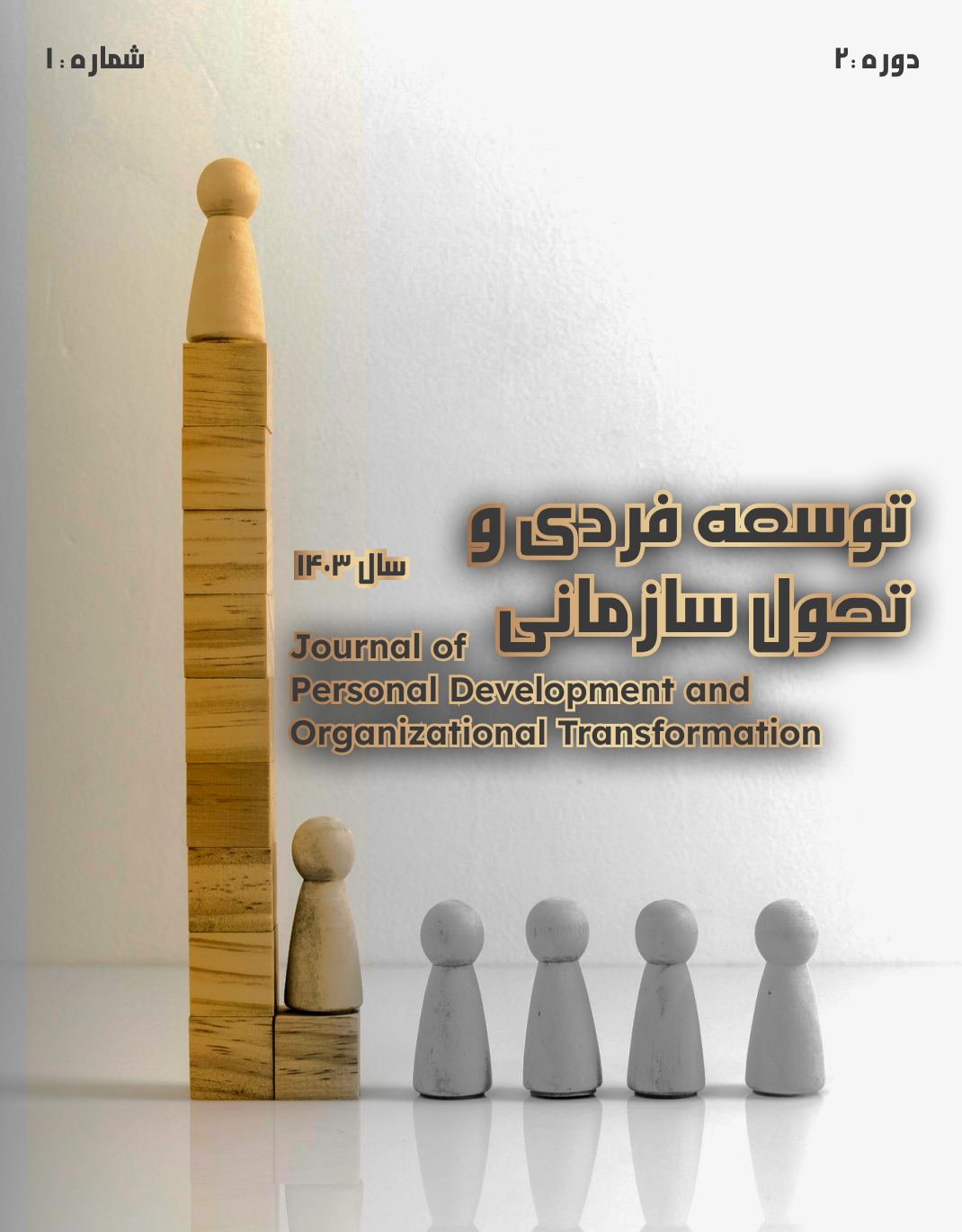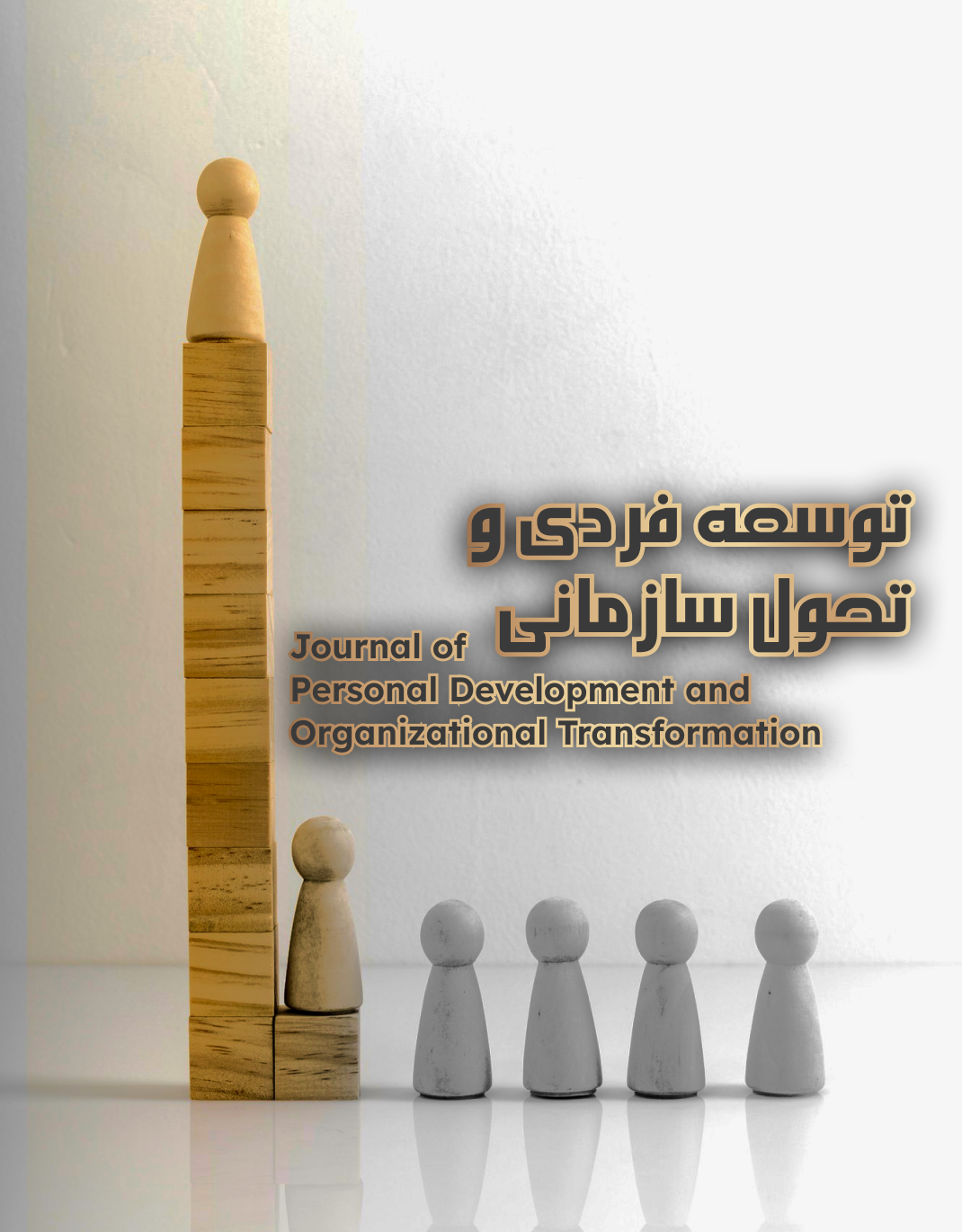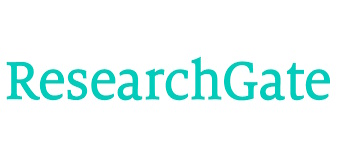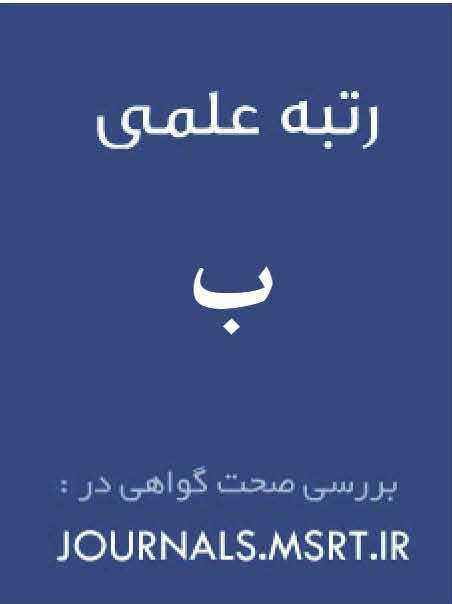Designing and Explaining a Model of Organizational Silence Based on Employee Personality (Case Study: Bandar Abbas Municipality)
Keywords:
Organizational silence, employee personality, Bandar Abbas MunicipalityAbstract
The objective of the present study is to design and explain a model of organizational silence based on employee personality. In this research, using an exploratory design, a suitable model was developed and derived. The grounded theory method was employed to construct the model through open, axial, and selective coding. For this purpose, raw data were collected through in-depth interviews with 20 experts (including university professors, organizational consultants, and researchers specializing in human resource management), and analyzed accordingly. The results indicate that the final model consists of six stages, 18 main categories, and 58 subcategories. The causal conditions include managerial, individual, and organizational factors. The contextual condition is motivational factors. The intervening conditions encompass social, cultural, and environmental factors, as well as demographic differences. The core category is the employees’ reluctance to express opinions and concerns. The strategies involve management and leadership, organizational identity and culture, processes and structure, commitment and justice, communication, and rewards and motivation. The outcomes include organizational, individual, and group-level consequences. Based on these factors, the proposed model was presented.
Downloads
References
Ahmadian, S. (2023). Organizational Silence, Organizational Trust, and Organizational Commitment. Journal of Humanities Social Sciences and Business (Jhssb), 3(1), 112-124. https://doi.org/10.55047/jhssb.v3i1.817
Akar, H. (2018). Organizational silence in educational organizations: A meta-analysis study. Int J Eurasia Soc Sci, 9(32), 1077-1098.
Akın, U., & Ulusoy, T. (2016). The relationship between organizational silence and burnout among academicians: A research on universities in Turkey. Int J High Educ, 5(2), 46-58. https://doi.org/10.5430/ijhe.v5n2p46
Akkoç, S. (2023). The Relationship Between Teachers’ Mobbing Experiences, Organizational Silence, and Organizational Cynicism. International Journal of Contemporary Educational Research, 10(4), 860-874. https://doi.org/10.52380/ijcer.2023.10.4.365
Bağ, D., & Ekinci, C. E. (2018). Organizational silence behaviors of faculty members, their causes and consequences. J Human Sci, 15(1), 567-580. https://doi.org/10.14687/jhs.v15i1.5281
Balouchi, H. (2024). Investigating the Impact of Toxic Leadership on Export Performance With the Mediating Role of Organizational Silence and the Moderating Role of Internal Organizational Dispersion of International Marketing Capabilities. Scientific Journal of "Organizational Culture Management". https://jomc.ut.ac.ir/article_99836.html?lang=en
Çaylak, E., & Altuntaş, S. (2017). Organizational silence among nurses: The impact on organizational cynicism and intention to leave work. J Nurs Res, 25(2), 90-98. https://doi.org/10.1097/JNR.0000000000000139
Efthymiopoulos, A. (2024). Organizational Silence and Organizational Commitment: Empirical Evidence From the Greek Public Sector. Journal of Applied Social Science, 18(3), 346-363. https://doi.org/10.1177/19367244241263576
Ersen, N., Usta, U. C., Bayram, B. Ç., & Akyüz, İ. (2023). Intermediate Role of Presenteeism in Relationship Between Organizational Stress and Organizational Silence. Drvna Industrija, 74(2), 183-194. https://doi.org/10.5552/drvind.2023.0046
Kettaf, R. (2024). Investigating the Impact of Organizational Climate on Organizational Silence in Higher Education Institutions. Socioeconomic Challenges, 8(1), 170-182. https://doi.org/10.61093/sec.8(1).170-182.2024
Kılıç, S. P., Aybar, D., & Sevinç, S. (2021). Effect of organizational silence on the job satisfaction and performance levels of nurses. Perspect Psychiatr Care, 57(4), 1888-1896. https://doi.org/10.1111/ppc.12763
Mehdizadeh, I., Rajaeepor, S., & Siadat, S. A. (2023). Organizational Silence and Positive Leadership Strategies: The Mediating Role of Psychological Empowerment. Journal of Public Administration, 15(1), 67-93. https://www.sid.ir/paper/1093221/fa
Morrison, E. W. (2023). Employee voice and silence: Taking stock a decade later. Annu Rev Organ Psychol Organ Behav, 10, 79-107. https://doi.org/10.1146/annurev-orgpsych-120920-054654
Nafei, W. A. (2016). Organizational silence: Its destroying role of organizational citizenship behavior. Int Bus Res, 9(5), 57-75. https://doi.org/10.5539/ibr.v9n5p57
Sakr, E. (2023). The Relation Between Organizational Silence and Organizational Learning Among Nurses. Menoufia Nursing Journal, 8(4), 254-270. https://doi.org/10.21608/menj.2023.343403
Sánchez-Gordón, M., Colomo-Palacios, R., Akbar, M. A., & Holone, M. K. (2023). A perspective on the role of human behaviors in software development: Voice and silence. arXiv:2304.12903
She, J. (2023). Effect of Ethical Leadership on Nurses’ Organizational Silence: The Mediating Role of Organizational Justice. Journal of nursing management, 2023, 1-10. https://doi.org/10.1155/2023/9929435
Sherf, E. N., Parke, M. R., & Isaakyan, S. (2021). Distinguishing voice and silence at work: Unique relationships with perceived impact, psychological safety, and burnout. Acad Manag J, 64(1), 114-142. https://doi.org/10.5465/amj.2018.1428
Yazdani, F., Noori, H., & Khalaf, M. (2024). The relationship between organizational trust and organizational resilience with the perception of organizational silence among secondary school art teachers in Karbala. Educational Leadership Research, 8(29), 114-192. https://jrlat.atu.ac.ir/article_17265.html?lang=en
Yesil, H., Otken, A. B., & Beser, H. S. (2017). Organizational justice as a determinant of effective commitment and silence of employees. PressAcademia Procedia, 4(1), 825-840. https://doi.org/10.17261/Pressacademia.2017.435
Zhang, W. (2024). Regulatory Focus as a Mediator in the Relationship Between Nurses' Organizational Silence and Professional Identity. Journal of Advanced Nursing, 80(9), 3625-3636. https://doi.org/10.1111/jan.16113
Zuzul, T., Pahnke, E. C., Larson, J., Bourke, P., Caurvina, N., Shah, N. P., Amini, F., Weston, J., Park, B., Vogelstein, J., White, C., & Priebe, C. E. (2021). Dynamic silos: Increased modularity in intra-organizational communication networks during the COVID-19 pandemic. arXiv:2104.00641
Downloads
Published
Submitted
Revised
Accepted
Issue
Section
License
Copyright (c) 2024 حسین اخلاقی (نویسنده); مهدی باقری; سراج الدین محبی (نویسنده)

This work is licensed under a Creative Commons Attribution-NonCommercial 4.0 International License.







